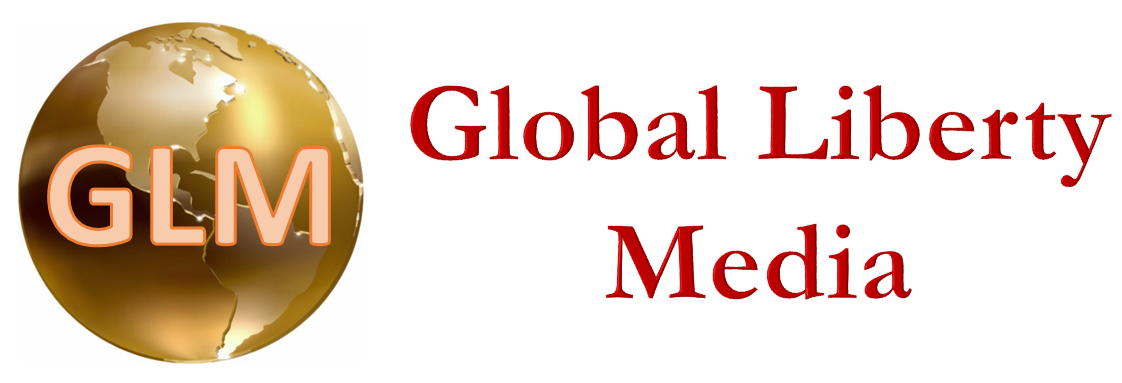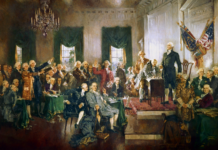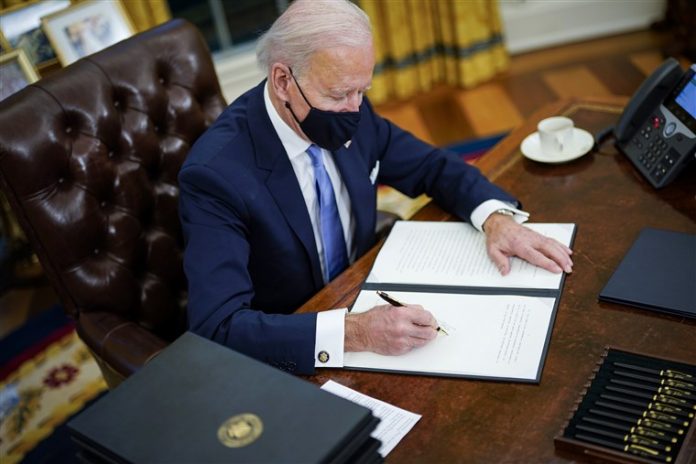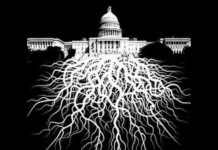In the news recently, President Joe Biden has already issued 34 Executive Orders (EOs) in his first week of holding office, covering everything from transgender rights to immigration to the licensing of the Keystone XL Pipeline. Wow! What a busy President! Maybe a deeper dive into EOs is in order. Let’s dig.
An Executive Order is an instruction, by the President, on how Federal agencies will enforce existing laws, and establish priorities and guidelines for the Executive Branch. They have been in place since our first President, George Washington. In most cases, they have the force of law, but are not intended to create new law.
The US Constitution does not mention EOs at all. However, the Constitution DOES create the branches of government. Article I defines the Legislative Branch (the House of Representatives and the Senate), and their respective roles and characteristics. Spending bills originate in the House; treaties and judicial confirmations are under the ‘advise and consent’ of the Senate. Bills can be created in either house, but both must pass them before they can be submitted to the President. The President can then sign those bills into law, or veto them. Congress can override Presidential vetoes with a supermajority vote of both Houses. Article II defines the Executive Branch: the President, and his duties and limitations. Article III defines the Judicial Branch, specifically the Supreme Court and other Federal courts. These Branches are intentionally separate, and supposedly co-equal. The Founders were adamant that those writing the laws should not enforce or adjudicate them; those that enforce the laws should not write or adjudicate them; those that adjudicate laws should not write or enforce them. Any Branch that exceeded their intended roles would be theoretically held to account by one or both of the other two Branches.
EOs, if allowed broader scope than intended by creating new law, break our intended 3-Branch organization of government, and their checks and balances. Why go to the trouble of even having a Legislative Branch at all, if the President can create law by himself? If you answered, “That sounds like a dictator!”, go to the head of the class. The Executive Branch would completely obsolete the Legislative Branch, and the President, as head of the Executive Branch, would wield more power in a single person than ever envisioned or intended by the Framers.
For an example of possible over-reach, a few of the new EOs completely change the administration of US immigration policy. But immigration is precisely defined as a role of Congress to determine–and that law has not been passed by Congress. Another EO causes the US to re-enter the Paris Climate Agreement. But calling an ‘agreement’ something other than a ‘treaty’ does not remove its ‘advice and consent’ from the Senate. And that same ‘agreement’ obligates the US to literally BILLIONS of dollars to foreign entities–but that ‘agreement’ did NOT originate in the House of Representatives. Another EO dissolves the license for the Keystone XL Pipeline project, which is an oil pipeline from Canada to the US Gulf coast refineries. I can’t seem to locate the existing law that would allow the Executive Branch the ability to disallow an existing, signed contract–not to mention force the unemployment of all who would construct it, and force said oil to be shipped via less effective, less efficient, more costly, less environmentally friendly transport methods of rail tanker cars, or shipping tankers. Nearly every one of President Biden’s 34 EOs are either stretches of authority, or assumption of authority not codified specifically in existing law.
There is recourse to rein in EOs. The Supreme Court may strike down any EOs it deems unconstitutional. But the Supreme Court can only take action on cases that are presented to it—some party must sue to get cases before that court. Congress can write laws to enhance, negate, or obsolete EOs. But will the President veto any bills that reverse or change EOs he initiated?
The issue of what happens to EOs written by past Presidents has become very pertinent, as many of President Biden’s flurry of new EOs are reversing the policies (and EOs) of former President Donald Trump. That President Biden feels the need to do so while his Democrat Party controls (narrowly) both the House of Representatives and the Senate, is an interesting dynamic. Why does Congress not write bills to accomplish the same effect as Biden’s EOs, but with more permanency of law? Does President Biden not trust that his EO policies have the backing of his own Party? Or does he fear a public vote and debate on these issues? Or is it simply a power grab of sorts from the Executive Branch, deciding that power should rest within and be wielded by the office of the President? These questions and their answers may very well be the defining issues of the Biden presidency.

























Great information, Lindell Denham. You nicely pointed out the abject betrayal by the Biden administration of the Rule of Law to short-circuit to a radical agenda.